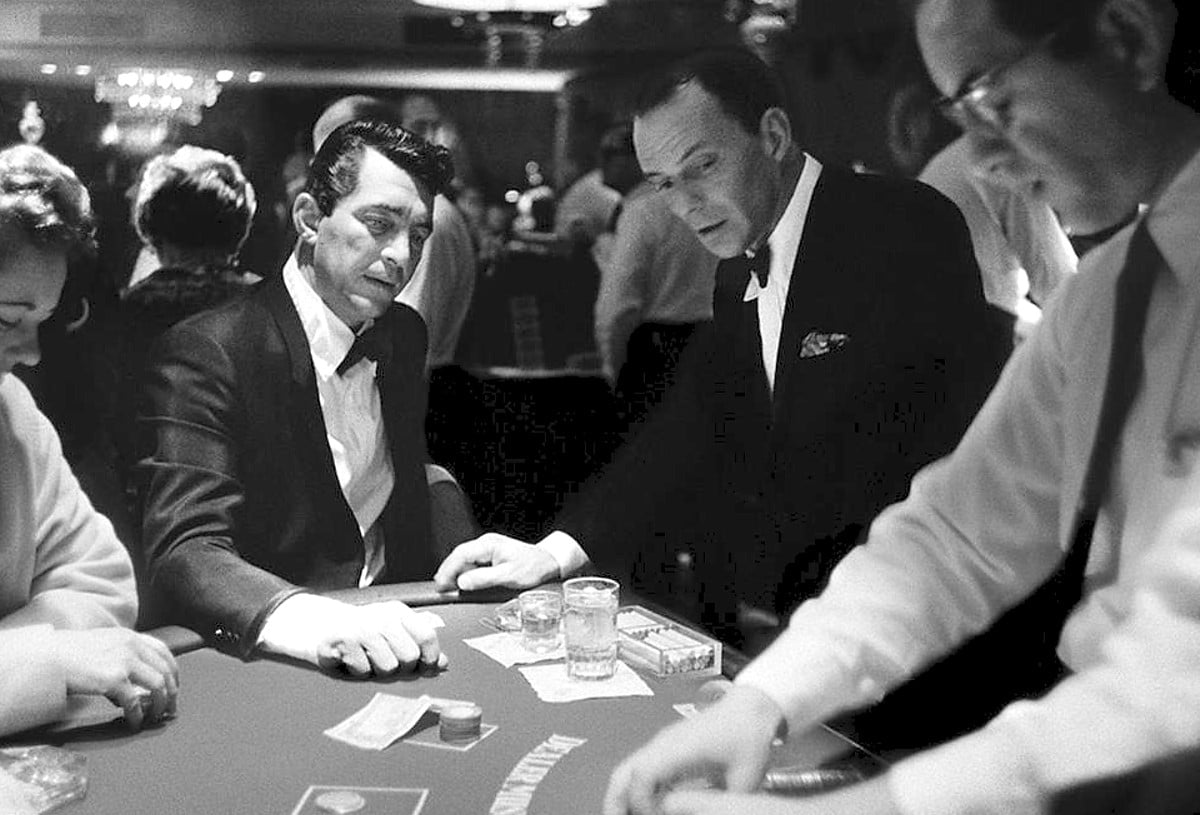Vegas Myths Re-Busted: Strip casinos earn most of their revenue from gambling

Published on: December 1, 2023 at 08:04 pm.
Last updated on: December 2, 2023 at 01:19 h.
Editor’s note: Vegas Myths Busted now publishes a new entry every Monday, with an additional Flashback Friday release. Today’s post in our ongoing series originally ran on October 21, 2022.
The Las Vegas Strip has been the heart of US gambling for decades. But gambling is no longer the heart of the Las Vegas Strip. Over the past 30 years, casino profits have slowly shifted to non-gambling sources.

From the 1950s through the early 1990s, about 75% of the average casino’s revenue was generated from the casino land. That’s why many guests were compensated for their rooms, drinks, meals and shows – if they played. This is what the casino “special guest card,” invented by Dunes in the 1960s, was designed to track. Initially, the account was not computerized, and the cashier recorded the card number with each purchase. Enough of it is translated into companies.
Today, the sector’s revenue stream has flipped, with non-gambling sources accounting for 75%. According to the most recent quarterly earnings reports from the three largest resort companies, MGM Resorts Las Vegas generated just 23.4% of its $2.037 billion revenue from gambling. Caesars Las Vegas got just 27.6% of its $1.142 billion in revenue, and Wynn Las Vegas got just 24.1% of its $561 million in revenue from gaming operations.
That’s why your room is no longer free unless you do a few things seriously High rolling.
Where where?
When Frank Sinatra made his Las Vegas debut at the Desert Inn in 1951, he told the audience: “For six dollars, you got a filet dinner and I got it.”
Steve Wynn, who in the 1970s purchased, beautified and built the Golden Nugget downtown, saw opportunity in Vegas’ famous vulgarity. Instead of focusing on buffets and cheap deals, he decided to make it more like Monte Carlo.
In 1989, he opened the Mirage Hotel, which provided its guests with the best ever. They ate at his Kokomo restaurant, feasting on world-class steaks and seafood while surrounded by banana trees and waterfalls in The Mirage’s inland rainforest.
“Wayne said a few years ago that Las Vegas doesn’t need another casino, but it definitely needs an attraction,” said Michael Green, a history professor at UNLV. “By then, more states and territories had legal gambling in some form—tribal casinos and riverboats appeared on the horizon, and Atlantic City was pulling in business. If you wanted to gamble, you didn’t need to go to Las Vegas, and soon you would have more Options.So, Las Vegas had to compete.
Entertainment follows suit
Because of the success of The Mirage, each resort has improved its dining standard. Wolfgang Puck opened his first restaurant outside of California – Spago, in the shops of the Kaiser’s Palace Forum in 1992. More celebrity chefs followed, proving that dining was possible as a profit center. Wayne realized that entertainment is also by extension. A year after opening The Mirage, he installed Siegfried & Roy in their $40 million private theater, charging more than $100 a ticket to see them.
“It started this big change in entertainment,” Green said. “Now there would be normal or regular costs — enough to make a profit — to see the show, and it would have extra bells and whistles. Then came the large arenas that made it less likely that performers would show up for a week in the showroom, as Elvis did for The International or as Liberace did for the opening of The Riviera in 1955. Costs and expectations have changed.
The transfer of power from the sometimes Mafia-backed millionaire casino owners to the CEOs of shareholder-owned companies also encouraged the “four walls.” Instead of paying to perform their shows, the casinos made independent producers pay they To rent their showrooms. This brought what Vegas is still known for today: star music residencies, traveling companies of proven Broadway productions, and the bizarre wonder of Cirque du Soleil.
“Gambling is still important to Las Vegas, but now it has become a dining and entertainment city,” Green said.
Look for “Vegas Legends Busted” every Monday Casino.org. Visit VegasMythsBusted.com to read pre-busted Vegas legends. Do you have a suggestion for a Vegas legend that needs busting? Email corey@casino.org.





